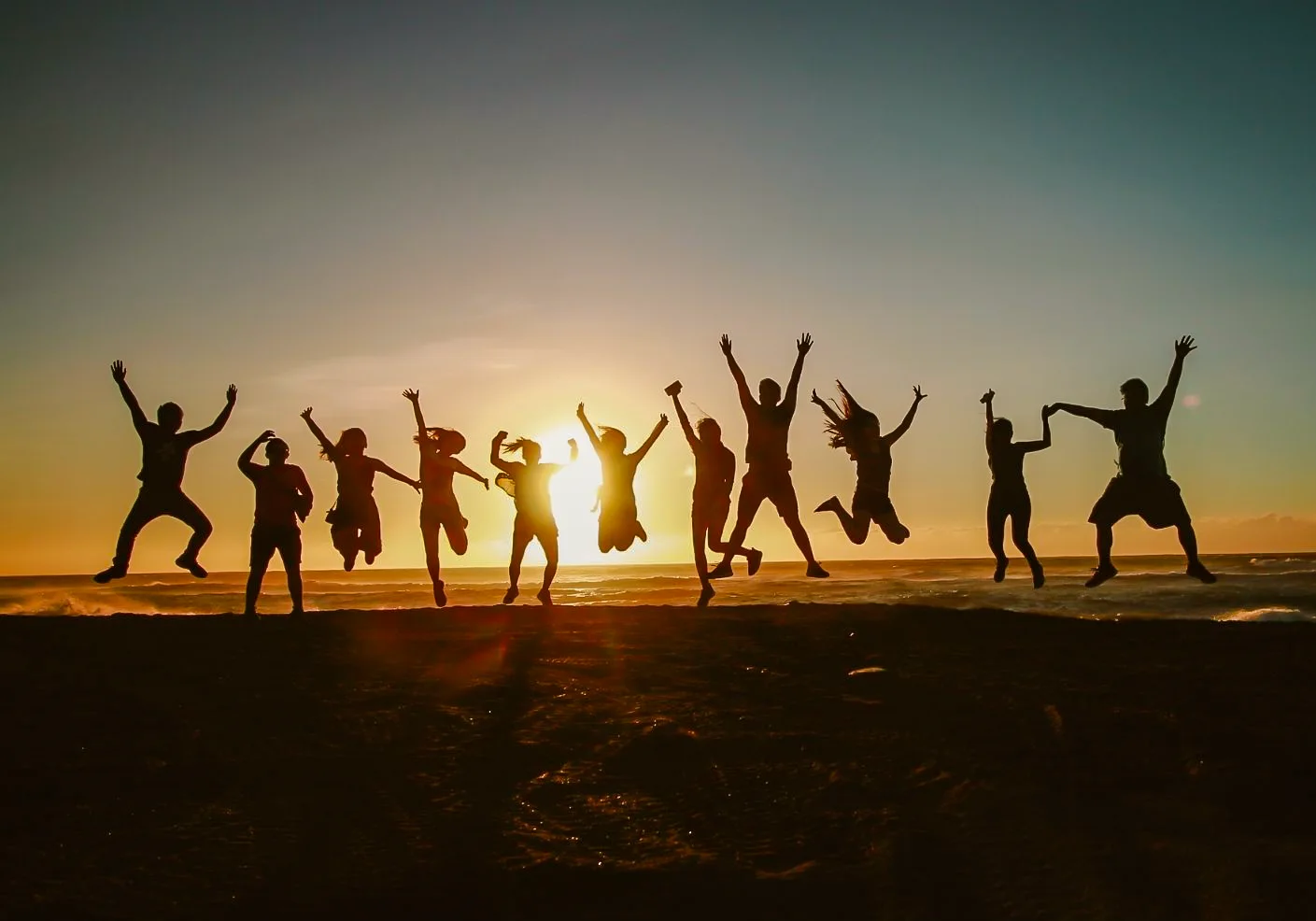- Gorge of Fataga with its charming Fataga village with the typical rural architecture
- Morro de Agujereada – the highest peak of Gran Canaria.
- Roque Nublo- geological symbol of the island. One of the highest monoilites in the world
- Tejeda – a town distinguished as one of the most beautiful in Spain, located in the mountains, home of local sweets
- Teror – despite the name, a beautiful town, located among green hills, place of pilgrimage with the Basilica -Virgen del Pino
- Arucas – the capital of Canarian rum and the magnificent neo-Gothic cathedral
- Las Palmas – cosmopolitan capital of the island with its amazing colonial old town.
- Dunes in Maspalomas – mini Sahara and endless beaches
- Puerto de Mogan – captivating pacht port, called the Canarian little Venice
- Playa Amadores- postcard beach
Frequently asked questions

Questions and answers...
If you’re planning a trip, be sure to check my FAQ page. It’s packed with helpful tips and information. I’ve compiled the most frequently asked questions to make your travel planning experience as smooth as possible.
But if you can’t find what you’re looking for, don’t hesitate to contact me!
Thanks to the wet and cool winds coming from the pressure zone of the Azores, called Alisios, beautiful weather, mild climate and warmth are the norm here. Almost all year round there is great weather even when it is winter in continental Europe.
Due to its mountainous terrain and specifically conical relief, Gran Canaria has become a place where local microclimates occur. For example, while in the coastal zone, mainly in the southern part of the island, the climate is dry and the sunshine is strong, this changes completely with altitude. Therefore, the island is divided into a sunny but barren south and a cooler, green north.
The warmest month, however, is August, then temperatures in the south of the island can even exceed 30C. The north of the island in summer is mild, temperatures averaging around 23C. The coldest months are January and February, when temperatures oscillate around 23 C in the south of the island and around 17C in the north.
In winter, we always take warm clothes when going to the mountains!! Shorts stay at the hotel 🙂
The months of September, October are the months when the water temperature is the highest 22C. The Atlantic Ocean is not the Caribbean Sea and the water temperature will not exceed 25C